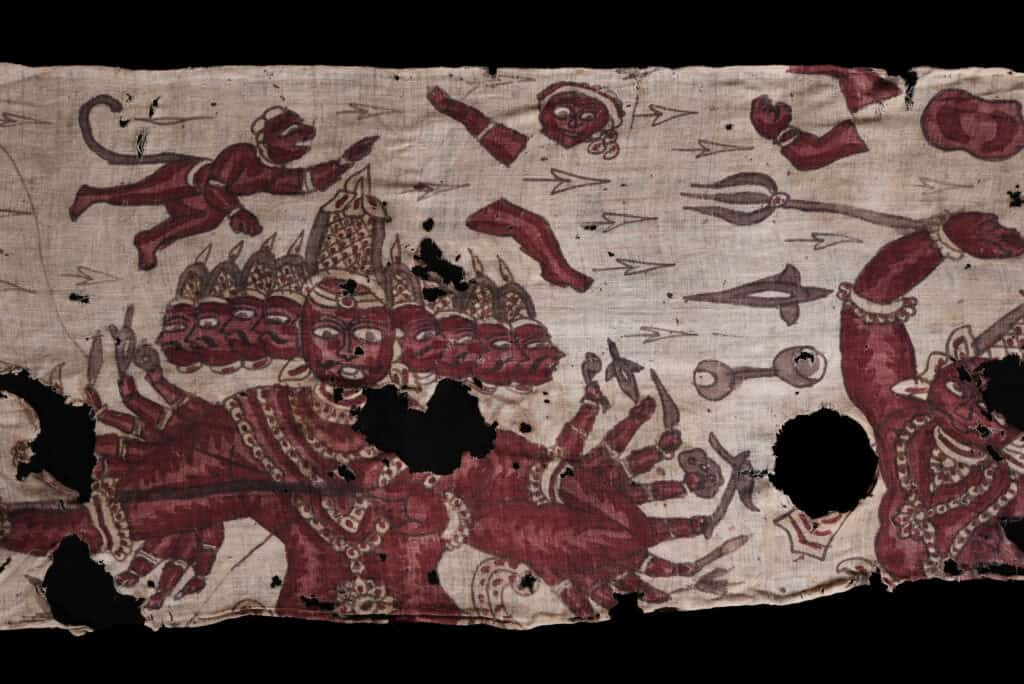The native inhabitants of Hitu and its neighboring states
forged alliances, staging rebellions, and displaying other
acts of resistance documented within the local chronicle,
Hikayat Tanah Hitu. In the year 1667, the Treaty of
Bungaya was formalized, establishing a pact between
the Dutch and the indigenous groups across the Maluku
Islands, encompassing Hitu. This accord acknowledged
the Dutch as the dominant authority over the area, conse-
quently bringing an ultimate resolution to the conflict over
the domination of the lucrative spice trade.
Apart from the Amsterdam fort and Emmanuel church
in Hila, the state of Kaitetu has been the guardian of
two significant historical artifacts for more than two
centuries. One is a royal staff with the emblem “VOC A”
(VOC Amsterdam), considered as a regalia by the king
of Kaitetu to this day. This staff was given by an officer
from the Amsterdam Fort to the King of Kaitetu in the
beginning of the 20th century.








